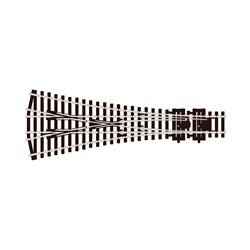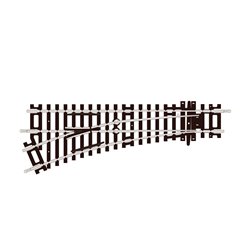One of the jobs of a DCC decoder is to control pretty much everything that your model locomotive does, from starting...
No products
Product successfully added to your shopping cart
There are 0 items in your cart. There is 1 item in your cart.
Search Tips
Christmas and New Year
We are dispatching orders every weekday apart from Christmas Day, Boxing Day and New Year's Day.
If you select next day delivery at checkout, please note deliveries are not made on public holidays or Sundays.
The shop in Sandown is open 23rd and 24th December, then closed from 25th December, reopening on 30th December.
What is meant by the term fiddle yard?
In the context of model railways, a "fiddle yard" refers to a hidden section of track used for staging and storing trains. It is typically located at the back or side of the layout and is designed to be hidden from view behind a scenery backdrop or other structures.
The fiddle yard is used to hold trains that are not currently in use on the layout, allowing them to be easily swapped in and out without disrupting the flow of the mainline operations. It may consist of a series of tracks or storage sidings and can be operated manually or with automated systems to control the movement of trains onto and off the layout.
The term "fiddle yard" is believed to have originated from the practice of "fiddling" with trains in the yard, sorting them into the desired order for placement on the layout. It is a common feature of many model railway layouts, particularly those with limited space or that require frequent train changes.
Click here to receive the tips weekly in your mailbox. You can unsubscribe at any time.










